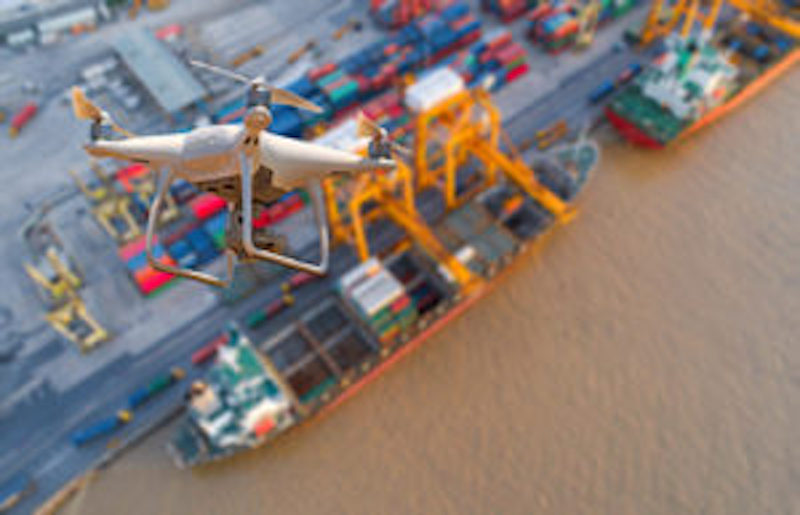Posted on: 29 January 2018
Traditional aviation insurance policies are unlikely to address all elements of emerging risks from the rapidly increasing use of drones and general liability underwriters will have an important role to play in providing cover, according to a new report from the International Underwriting Association.
In the past, the general liability market has normally sought to exclude liabilities arising from the use of any aircraft, states the new publication ‘Unmanned Aerial Vehicles (UAVs) – Opportunities and challenges for general liability insurers’. But a growing use of drone technology by businesses has led to an expansion in demand for cover and this is now often satisfied by specific policy extensions or endorsements.
There are, however, a number of obstacles in the way of developing a more comprehensive insurance market, the report, produced by the IUA’s Liability Underwriting Group, observes. These include regulations struggling to keep pace with technological advancements and a lack of available information on drone usage and claims data.
Chris Jones, IUA director of legal and market services, said: “The drone market is a classic emerging risk that presents significant underwriting opportunities across a range of insurance classes. This is particularly true for general liability insurers who are expected to provide a significant proportion of policies not covered by the traditional aviation insurance market.
“There are challenges, however. The current regulatory regime for drones is essentially a safety one that does not really address non-aviation issues such as privacy, security and nuisance risks like trespass. It is also essentially a manned aircraft regime with additional measures tacked on for unmanned aircraft.
“General liability underwriters deal with a huge number of business sectors with many different potential uses of drone technology. It will important, therefore, to establish sound policy provisions so that insurers can estimate potential liabilities and provide a product that meets client needs.”
Drone regulation is largely based on the weight of aircraft with those weighing less than 20kg subject to much lighter supervision. As technology evolves, however, much lighter aircraft may still be able to cause considerable damage depending on how and where they are used. General liability insurers, therefore, need to be vigilant of rules in place and the potential damage that drones of all sizes can cause, the IUA’s report concludes.




